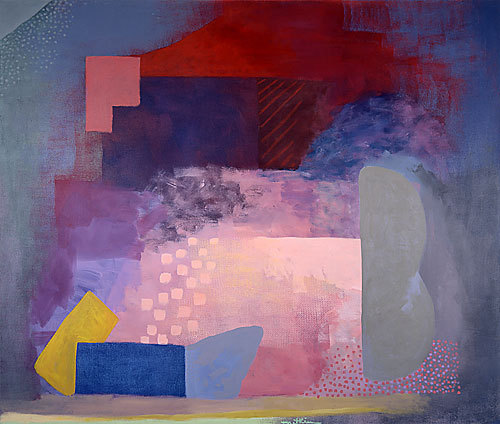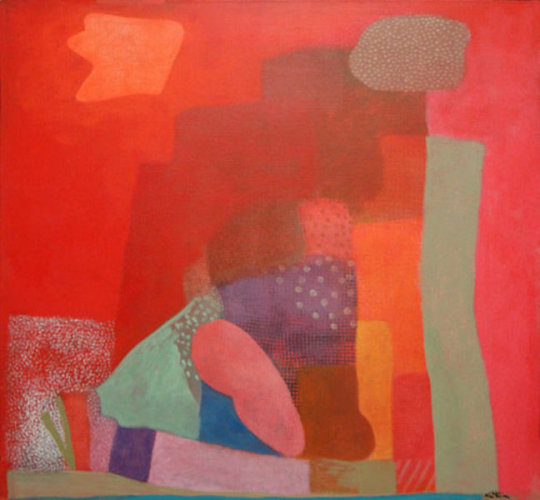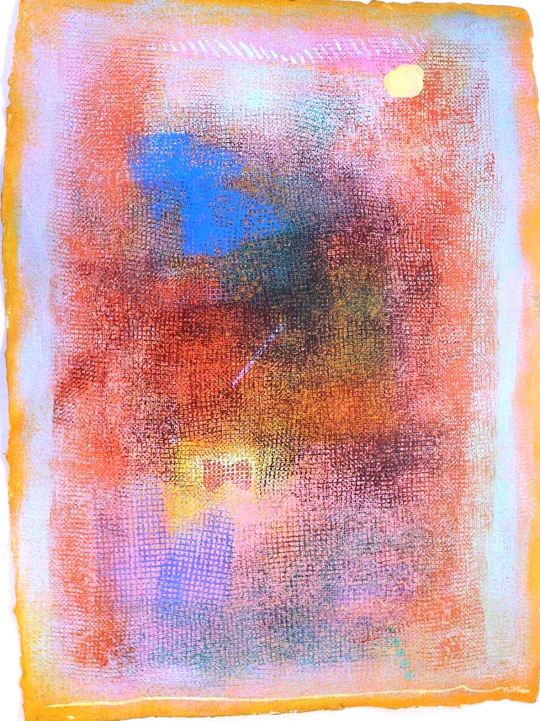San Francisco's real life Telegraph Hill has become home ground to a large colony of wild parrots, who've escaped over the years from people's homes, or been set free. For me, seeing them is a moving experience. That there's hope that creatures of all species can be free in their own ways. Sure, anthropomorphizing. So what?
TriadCity's version continues our NorthWestern Third themes of escape, personal and collective re-invention, and exploration of freedom in practice. Our parrots have scarpered from The Aviary in the Southern Third; or the Zoo; or private homes. They've claimed a section of public park as their own, and the public there are happy to tolerate them. Like me, much of that particular public finds them symbolic of their own aspirations.
The narrative here is very minimal. Simply the parrots themselves, up in the trees, doing some parrot things, with a minimal explanation of how they've come to be there. A few sentences. Taken out of context, this doesn't tell readers much. In context, it adds a layer of symbolic resonance to the many examples of human escape, re-invention, and assembly found throughout the Third. I see this as a technical practice appropriate to this medium: narrative via accumulation. Repeat but vary similar tropes, until the repetition forms patterns in readers' minds, becoming an expectation. Then they get it, hopefully consciously, but even unconsciously is really just fine.
Naturally there will be some game players — "killers" in the Bartle typology — who expect these critters to exist as simple sword fodder. They may be in for a surprise. Along with many others in NorthWest, our parrots are solidaristic. Attack one, the others rush to defend, and you'll find yourself battling 24 or 30 quite tough opponents of level 35 who are very rapidly beating the snot out of you. Run away! Learn anything? Well — up to you, that.
Here's a better idea. Bring a picnic, sit in the park, watch the city lights come on after sunset, listen to the parrots in the trees overhead. Climb the trees, be chill, watch them live their parrot lives. Take them as a model.
Not everything in TC is satire.









